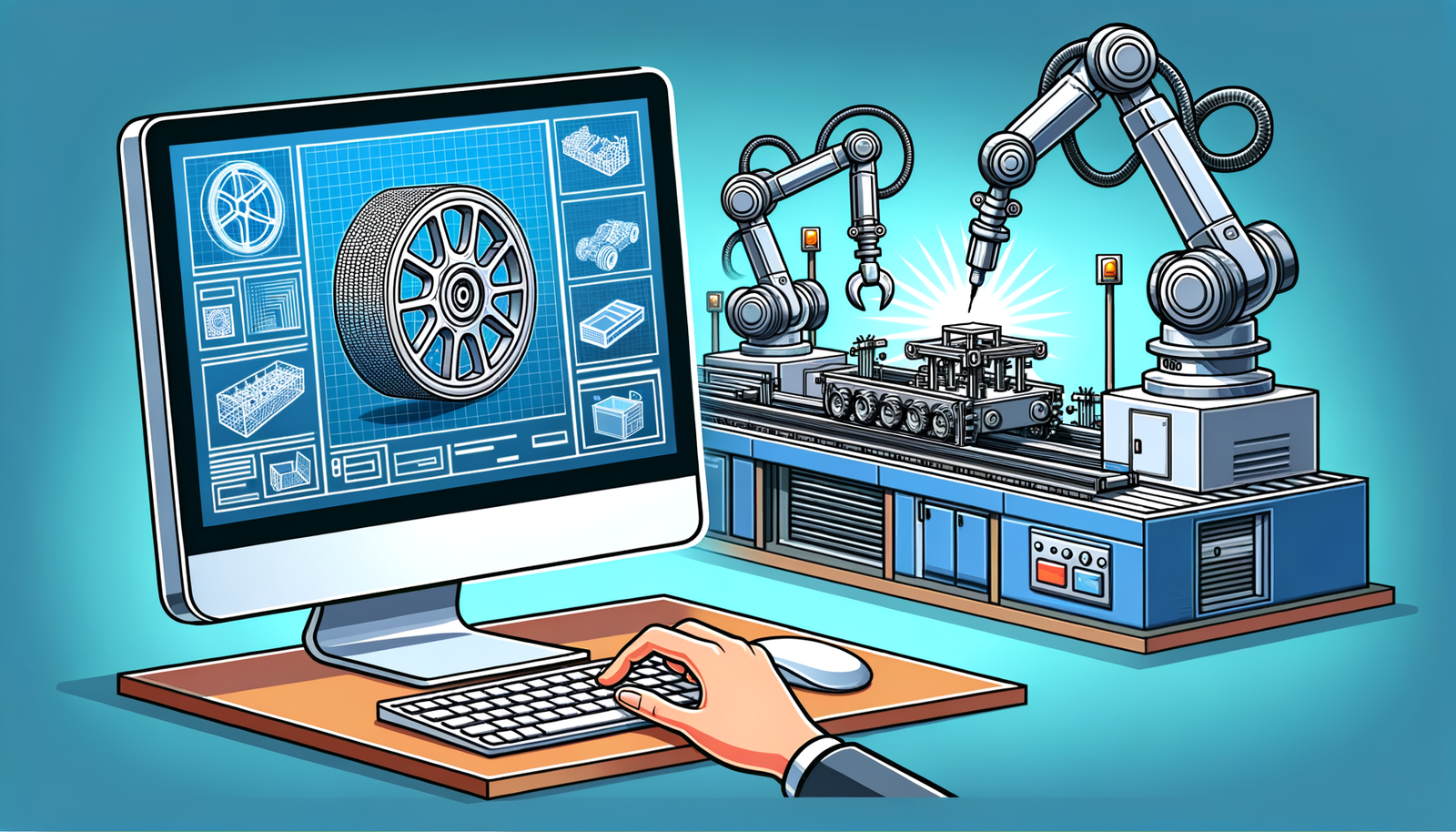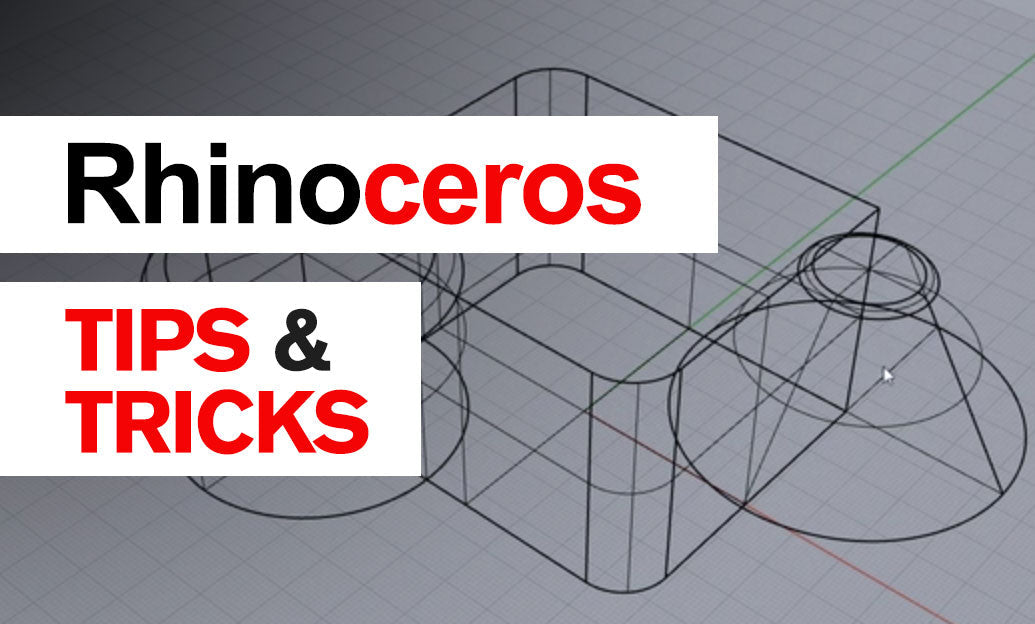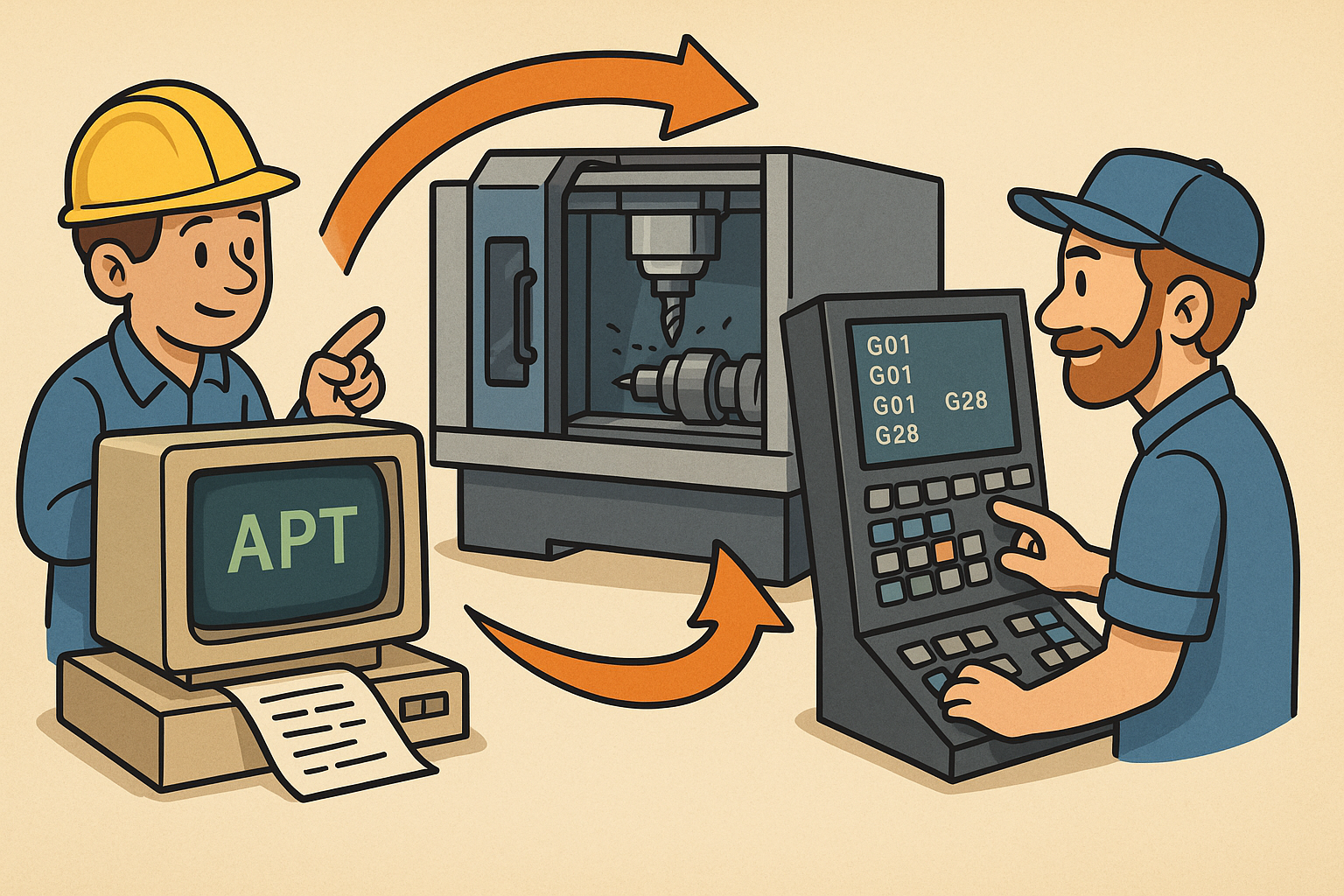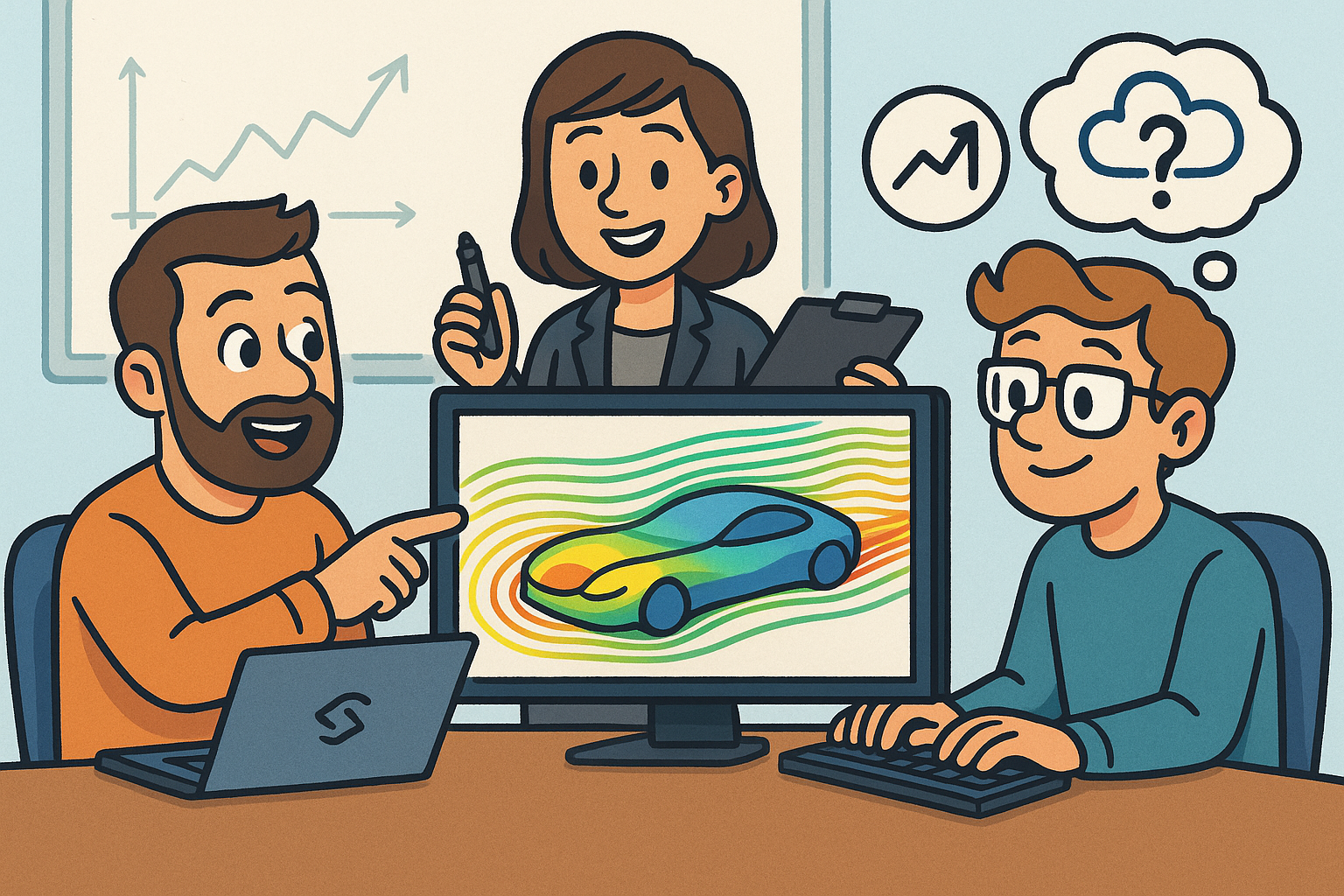Your Cart is Empty
Customer Testimonials
-
"Great customer service. The folks at Novedge were super helpful in navigating a somewhat complicated order including software upgrades and serial numbers in various stages of inactivity. They were friendly and helpful throughout the process.."
Ruben Ruckmark
"Quick & very helpful. We have been using Novedge for years and are very happy with their quick service when we need to make a purchase and excellent support resolving any issues."
Will Woodson
"Scott is the best. He reminds me about subscriptions dates, guides me in the correct direction for updates. He always responds promptly to me. He is literally the reason I continue to work with Novedge and will do so in the future."
Edward Mchugh
"Calvin Lok is “the man”. After my purchase of Sketchup 2021, he called me and provided step-by-step instructions to ease me through difficulties I was having with the setup of my new software."
Mike Borzage
Design Software and Augmented Manufacturing: Revolutionizing Product Development and Production Efficiency
September 14, 2024 4 min read


Introduction to the Confluence of Design and Augmented Manufacturing
Definition and Overview
The intersection of design and augmented manufacturing represents a significant leap in the way products are conceptualized, designed, and produced. Design software encompasses tools such as CAD (Computer-Aided Design) and CAM (Computer-Aided Manufacturing), which are crucial for creating detailed digital models of products. Augmented manufacturing, on the other hand, includes advanced production techniques like additive manufacturing (also known as 3D printing), CNC machining, and hybrid methods that combine multiple manufacturing processes.
The synergy between design software and these advanced manufacturing techniques is pivotal. It allows for the seamless transition from digital design to physical product, enhancing both the efficiency and precision of manufacturing processes. This integration not only expedites production timelines but also enables the creation of complex, customized, and highly optimized products that were previously unattainable with traditional methods.
Historical Context
The journey of design software and manufacturing practices has been a tale of continuous evolution. Early CAD systems in the 1960s were rudimentary and limited by the computing power of the time. However, the 1980s saw significant improvements with the advent of more sophisticated CAD systems and the introduction of CAM software, which began to bridge the gap between design and manufacturing.
Key milestones include the development of parametric modeling, which allows designers to define product features in a way that can be easily adjusted, and the rise of additive manufacturing in the 21st century. These advancements have progressively led to the current state of convergence where design and manufacturing processes are closely intertwined through advanced software and technologies.
Technological Advancements Driving the Confluence
Advanced Design Software
Modern CAD and CAM software have undergone tremendous advancements, offering a plethora of features that significantly enhance their capabilities. Some notable features include:
- Parametric and direct modeling: Allowing for flexible and precise adjustments to designs.
- Simulation and validation tools: Enabling the testing of designs under various conditions before physical production.
- Integration with other software: Facilitating seamless workflow across different stages of product development.
Additionally, the role of AI and machine learning in design software is becoming increasingly prominent. These technologies assist in optimizing designs by analyzing vast amounts of data and suggesting improvements. AI-driven generative design, for example, can create multiple design iterations based on specified constraints, leading to innovative and efficient solutions that human designers might not conceive on their own.
Augmented Manufacturing Techniques
Augmented manufacturing encompasses a range of advanced techniques, each offering unique benefits and capabilities. These include:
- Additive manufacturing: Also known as 3D printing, this technique builds products layer by layer, allowing for complex geometries and customization.
- CNC machining: A subtractive process where material is removed from a solid block to create the desired shape with high precision.
- Hybrid approaches: Combining additive and subtractive methods to leverage the strengths of both techniques.
Integrating these techniques with advanced design tools has transformed manufacturing. Designs created in CAD software can be directly fed into 3D printers or CNC machines, ensuring that the physical products match the digital models with remarkable accuracy. This integration also enables rapid prototyping, allowing for quick iterations and refinements of designs.
Benefits and Challenges of Integrating Design and Augmented Manufacturing
Benefits
The integration of design and augmented manufacturing offers numerous benefits, including:
- Increased efficiency and reduced time-to-market: Streamlining the transition from design to production can significantly cut down development cycles.
- Enhanced precision and customization capabilities: Advanced manufacturing techniques can produce highly detailed and customized products.
- Cost savings and material optimization: By optimizing designs for specific manufacturing processes, material waste is minimized, and costs are reduced.
Challenges
Despite the many benefits, there are also challenges to integrating design and augmented manufacturing:
- Technical barriers and compatibility issues: Ensuring that different software and hardware systems work together seamlessly can be complex.
- Skill gap and the need for specialized training: The advanced nature of these technologies requires skilled professionals who are proficient in both design and manufacturing.
- Integration complexities and scalability concerns: Scaling up these integrated processes for mass production can be challenging and may require significant investment.
Future Trends and Impact on Various Industries
Emerging Trends
The future of design and augmented manufacturing is poised for exciting developments. Emerging trends include:
- Predictive analytics and real-time data integration: Leveraging data to predict manufacturing outcomes and adjust processes in real-time.
- Development of more intuitive and user-friendly interfaces: Making advanced design and manufacturing tools accessible to a broader range of users.
- Growing role of IoT and smart manufacturing: Integrating Internet of Things (IoT) devices to create interconnected production systems that enhance efficiency and monitoring.
Impact on Different Sectors
The integration of design and augmented manufacturing is set to have a profound impact on various industries:
- Automotive and aerospace industries: These sectors benefit from the ability to produce lightweight, high-strength components with complex geometries.
- Consumer goods and healthcare: Customization capabilities allow for personalized products and medical devices tailored to individual needs.
- Architectural and construction sectors: Advanced manufacturing techniques enable the creation of intricate architectural elements and prefabricated structures with precision.
Conclusion
In summary, the confluence of design and augmented manufacturing represents a transformative shift in how products are designed and produced. By leveraging advanced design software and cutting-edge manufacturing techniques, industries can achieve unprecedented levels of efficiency, precision, and customization. As technological advancements continue to evolve, the future integration of these fields promises even more innovative and impactful solutions, driving progress across a wide range of sectors.
Also in Design News

Rhino 3D Tip: Rhino Section — Precise Cut Profiles for Documentation and Fabrication
January 06, 2026 2 min read
Read More
Design Software History: APT to G‑Code Dialects: The Evolution and Persistence of Vendor‑Specific CNC Post‑Processing
January 06, 2026 11 min read
Read More
Real-time CFD for Design Reviews: Progressive Solvers, GPU Pipelines, and Uncertainty-Aware Collaboration
January 06, 2026 12 min read
Read MoreSubscribe
Sign up to get the latest on sales, new releases and more …


